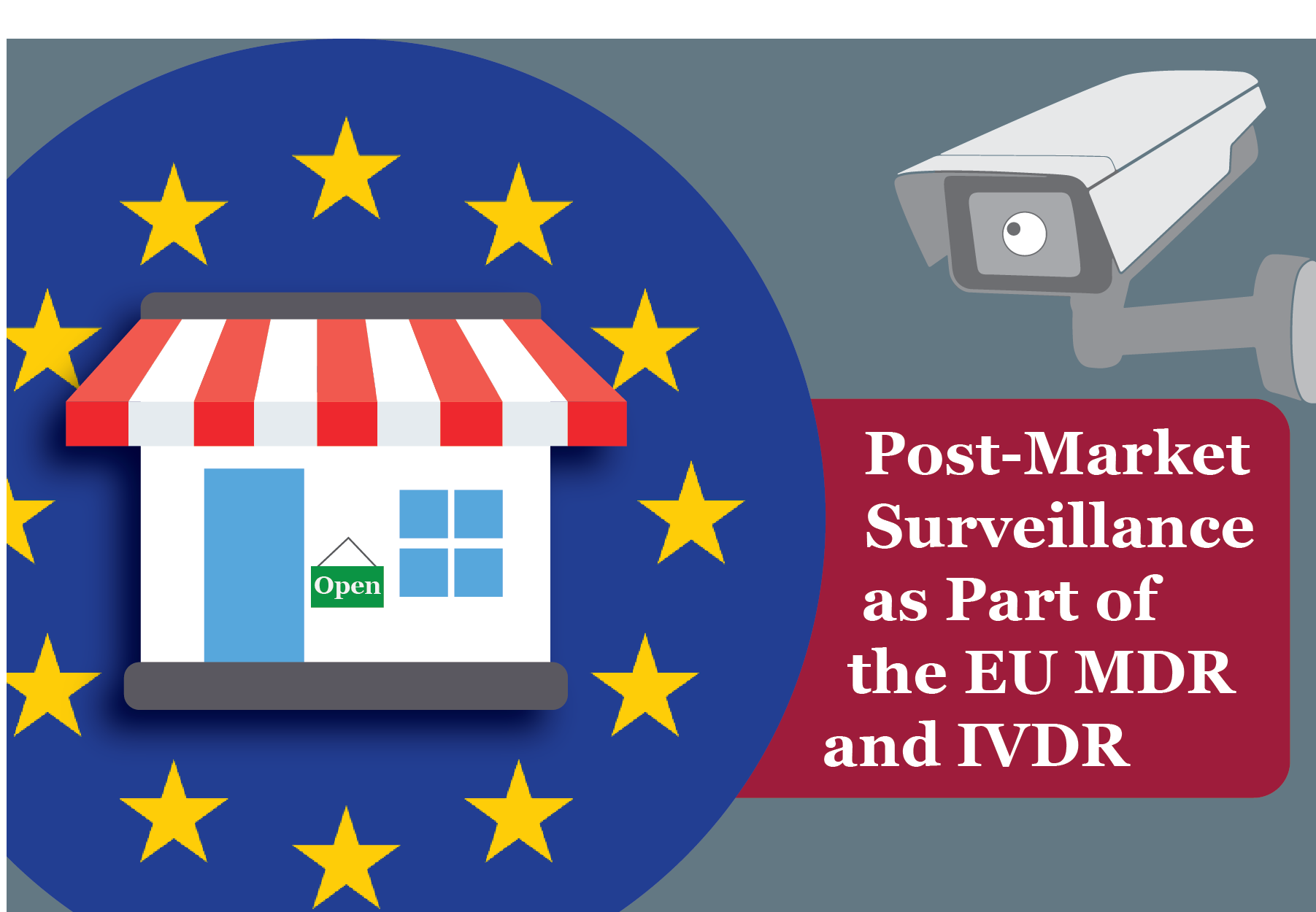The new European Medical Device Regulations and the In Vitro Diagnostic Devices regulation have a lot emphasis on the post-market activities that a manufacturer must undertake. With the clock ticking fast to meet the deadline for the transition period, which is May 2020 for EU MDR and May 2022 for the IVDR, coupled with the prevalent issues the industry is facing in interpreting the standard and without much guidance available from the European Commission, there is a lot of confusion in the industry as to how to implement the requirements.
As part of the post-market surveillance system, the regulation requires that the PMS system must:1
- Be proportionate to the risk class and appropriate for the type of device
- Be proactive and systematic
- Integrate vigilance reporting requirements and allow co-operation on market surveillance
- Connect with corrective action or preventive action processes
- Allow updates to technical documentation, including the risk-benefit determination, labeling
- and clinical evaluation/performance evaluation
- Be part of the manufacturer’s QMS
The regulations require that a manufacturer must have a post-market surveillance plan in place. This plan should describe the implementation of the post-market surveillance system including the information to be collected, the method and the process to access the information. The plan must be approved by your notified body before you execute it since as per the new MDR and the IVDR, the NBs play a more active role in the pre and post-market activities of the company.1
Your post-market surveillance will tell the whole story about how well your plan was executed. The report should summarize the results of any data analysis done, as well as any CAPAs opened and the proposed action plan. More specific information such as conclusions that were drawn from the analysis and its use in risk-benefit determination, volume of sales and the estimate of the population using the device. PMS reports are applicable to class I medical devices and class A and B in vitro diagnostic medical devices.1
Preparing these reports can be confusing and EMMA International can help you in your transition efforts to the new regulations. Give us a call today at 248-987-4497 or email us at info@emmainternational.com.
1BSI- Post-market surveillance under the MDR and IVDR retrieved on 12/05/2019 from file:///C:/Users/Nikita%20Angane/Downloads/post_market_surveillance.pdf






